Three on the Third is a monthly series in which we highlight three books new to the library collection. Summaries of the books are provided along with shelf location and a link to the item in the catalog. This month we are featuring several exciting new additions to our POP collection.
The Promise of Wholeness
by Eric Ehrke
 Henosis is the Greek word for oneness/unity. Since time immemorial this universal concept has been championed within traditional wisdom, ancient philosophy and theology. The psychoanalyst, Carl Jung referred our shared human experience with the phrase “collective unconscious,” while physicists use the term “quantum entanglement” to describe how every particle is inherently connected to the whole. The missing links between the wisdom of ancient philosophy and the startling insights within modern psychology to transform suffering, transcend circumstances, and increase our capacity for love are explored in The Promise of Wholeness.
Henosis is the Greek word for oneness/unity. Since time immemorial this universal concept has been championed within traditional wisdom, ancient philosophy and theology. The psychoanalyst, Carl Jung referred our shared human experience with the phrase “collective unconscious,” while physicists use the term “quantum entanglement” to describe how every particle is inherently connected to the whole. The missing links between the wisdom of ancient philosophy and the startling insights within modern psychology to transform suffering, transcend circumstances, and increase our capacity for love are explored in The Promise of Wholeness.
BF161 .E385 2019
Catalog Link – The Promise of Wholeness
A Heart in a Body in the World
by Deb Caletti
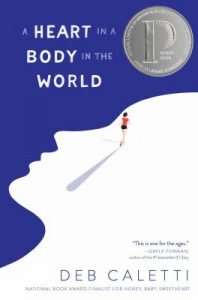 When everything has been taken from you, what else is there to do but run? From Seattle to Washington, DC, Annabelle is running through mountain passes and suburban landscapes, from long lonely roads to college towns. She’s not ready to think about the why yet, just the how – muscles burning, heart pumping, feet pounding the earth. But no matter how hard she tries, she can’t outrun the tragedy from the past year, or the person – The Taker – that haunts her. Followed by Grandpa Ed in his RV and backed by her brother and two friends (her self-appointed publicity team), Annabelle becomes a reluctant activist as people connect her journey to the trauma from her past. Her cross-country run gains media attention and she is cheered on as she crosses state borders, even thrown a block party and given gifts. The support would be nice, if Annabelle could escape the guilt and shame from what happened back home. They say it isn’t her fault, but she can’t feel the truth of that. Through welcome and unwelcome distractions, she just keep running to the destination that awaits her. There, she’ll finally face the miles of love and loss behind her…and what still lies ahead.
When everything has been taken from you, what else is there to do but run? From Seattle to Washington, DC, Annabelle is running through mountain passes and suburban landscapes, from long lonely roads to college towns. She’s not ready to think about the why yet, just the how – muscles burning, heart pumping, feet pounding the earth. But no matter how hard she tries, she can’t outrun the tragedy from the past year, or the person – The Taker – that haunts her. Followed by Grandpa Ed in his RV and backed by her brother and two friends (her self-appointed publicity team), Annabelle becomes a reluctant activist as people connect her journey to the trauma from her past. Her cross-country run gains media attention and she is cheered on as she crosses state borders, even thrown a block party and given gifts. The support would be nice, if Annabelle could escape the guilt and shame from what happened back home. They say it isn’t her fault, but she can’t feel the truth of that. Through welcome and unwelcome distractions, she just keep running to the destination that awaits her. There, she’ll finally face the miles of love and loss behind her…and what still lies ahead.
PS3603.A43 H4 2018
Catalog Link – A Heart in the Body in the World
Dear Evan Hansen
by Val Emmich
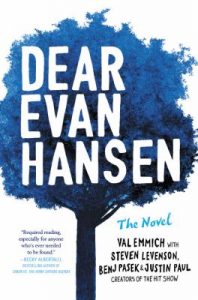 Evan is shy, lonely, and bullied for it. He has a chance encounter with Connor Murphy–just before Connor commits suicide. Evan’s life suddenly gets turned around, and suddenly he isn’t invisible anymore to the girl of his dreams–Connor’s sister, Zoe, who believes Evan was Connor’s only friend. As Evan goes from being a nobody to everyone’s hero and a social media superstar, Evan is filled with confidence … until things start unraveling.
Evan is shy, lonely, and bullied for it. He has a chance encounter with Connor Murphy–just before Connor commits suicide. Evan’s life suddenly gets turned around, and suddenly he isn’t invisible anymore to the girl of his dreams–Connor’s sister, Zoe, who believes Evan was Connor’s only friend. As Evan goes from being a nobody to everyone’s hero and a social media superstar, Evan is filled with confidence … until things start unraveling.
PS3605.M565 D43 2018
Catalog Link – Dear Evan Hansen

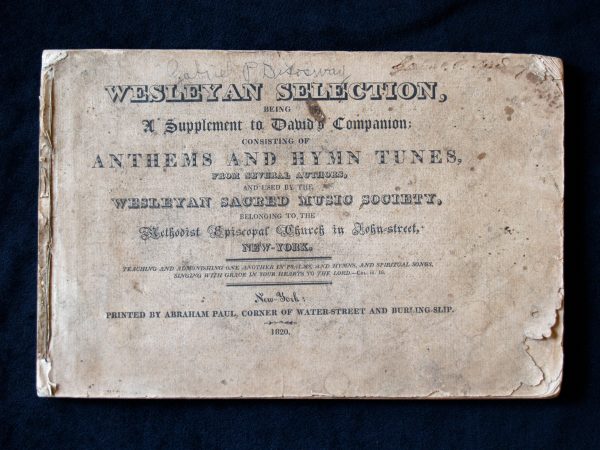
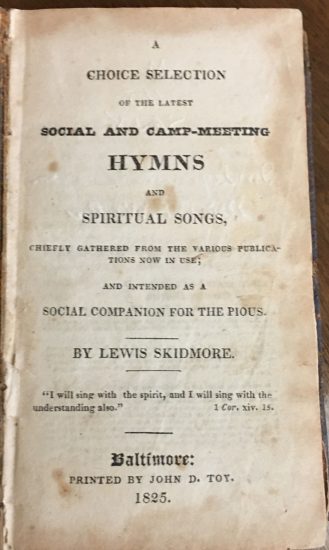

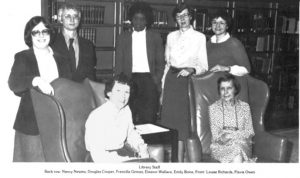
 What if falling in love meant almost losing everything? Where does a moderately popular internet star who never leaves her house look for potential suitors? Online. Tinder, Bumble, Match.com, OkCupid–I tried them all. My thirty-one-year-old self clicked and swiped her little heart out, leading to more dates than I could count, and more disappointment than I was prepared for. Maybe you can relate. Maybe you know all too well the perils of modern dating. But let’s say, eventually, you meet someone. You think to yourself, ‘Wow, they’re perfect! Take me off the market, put a ring on it, knock me up, the whole enchilada, because they are “the one.”‘ Let’s also say that they ‘feel the same way’ about you. Your life starts to make sense! All the pain, heartbreak, and frustration from past failed relationships was worth it. Slow clap. That’s how I felt about Milos. He was from Europe, a doctor, wealthy, athletic. He had an accent and a dog. Milos was textbook marriage material. For him it was ‘love at first sight,’ but for me, it was ‘anxiety on every date.’ Something was telling me to run–but for two years, the only running I did was straight into his arms. If only I would have listened. This isn’t a love story. It’s my story of survival.
What if falling in love meant almost losing everything? Where does a moderately popular internet star who never leaves her house look for potential suitors? Online. Tinder, Bumble, Match.com, OkCupid–I tried them all. My thirty-one-year-old self clicked and swiped her little heart out, leading to more dates than I could count, and more disappointment than I was prepared for. Maybe you can relate. Maybe you know all too well the perils of modern dating. But let’s say, eventually, you meet someone. You think to yourself, ‘Wow, they’re perfect! Take me off the market, put a ring on it, knock me up, the whole enchilada, because they are “the one.”‘ Let’s also say that they ‘feel the same way’ about you. Your life starts to make sense! All the pain, heartbreak, and frustration from past failed relationships was worth it. Slow clap. That’s how I felt about Milos. He was from Europe, a doctor, wealthy, athletic. He had an accent and a dog. Milos was textbook marriage material. For him it was ‘love at first sight,’ but for me, it was ‘anxiety on every date.’ Something was telling me to run–but for two years, the only running I did was straight into his arms. If only I would have listened. This isn’t a love story. It’s my story of survival.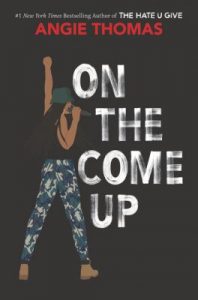 As the daughter of an underground hip hop legend who died right before he hit big, Bri wants to be one of the greatest rappers of all time– and has massive shoes to fill. She’s been labeled a hoodlum at school, and the fridge at home is empty after her mom loses her job. So Bri pours her anger and frustration into her first song, which goes viral — for all the wrong reasons. Portrayed by the media as a menace, Bri makes a choice– and becomes the very thing the public has made her out to be. The odds are stacked against her, and freedom of speech isn’t always free.
As the daughter of an underground hip hop legend who died right before he hit big, Bri wants to be one of the greatest rappers of all time– and has massive shoes to fill. She’s been labeled a hoodlum at school, and the fridge at home is empty after her mom loses her job. So Bri pours her anger and frustration into her first song, which goes viral — for all the wrong reasons. Portrayed by the media as a menace, Bri makes a choice– and becomes the very thing the public has made her out to be. The odds are stacked against her, and freedom of speech isn’t always free.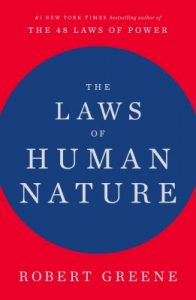 Robert Greene’s bestselling 48 Laws of Power (1988) distilled ancient wisdom and philosophy into essential texts for seekers of power, understanding, and mastery. Now he turns to understanding people’s drives and motivations, even when they are unconscious of them themselves. We are social animals. Our very lives depend on our relationships with people. Knowing why people do what they do is the most important tool we can possess. Drawing from the ideas and examples of Pericles, Queen Elizabeth I, Martin Luther King Jr, and many others, Greene teaches us how to detach ourselves from our own emotions and master self-control, how to develop the empathy that leads to insight, how to look behind people’s masks, and how to resist conformity to develop your singular sense of purpose.
Robert Greene’s bestselling 48 Laws of Power (1988) distilled ancient wisdom and philosophy into essential texts for seekers of power, understanding, and mastery. Now he turns to understanding people’s drives and motivations, even when they are unconscious of them themselves. We are social animals. Our very lives depend on our relationships with people. Knowing why people do what they do is the most important tool we can possess. Drawing from the ideas and examples of Pericles, Queen Elizabeth I, Martin Luther King Jr, and many others, Greene teaches us how to detach ourselves from our own emotions and master self-control, how to develop the empathy that leads to insight, how to look behind people’s masks, and how to resist conformity to develop your singular sense of purpose.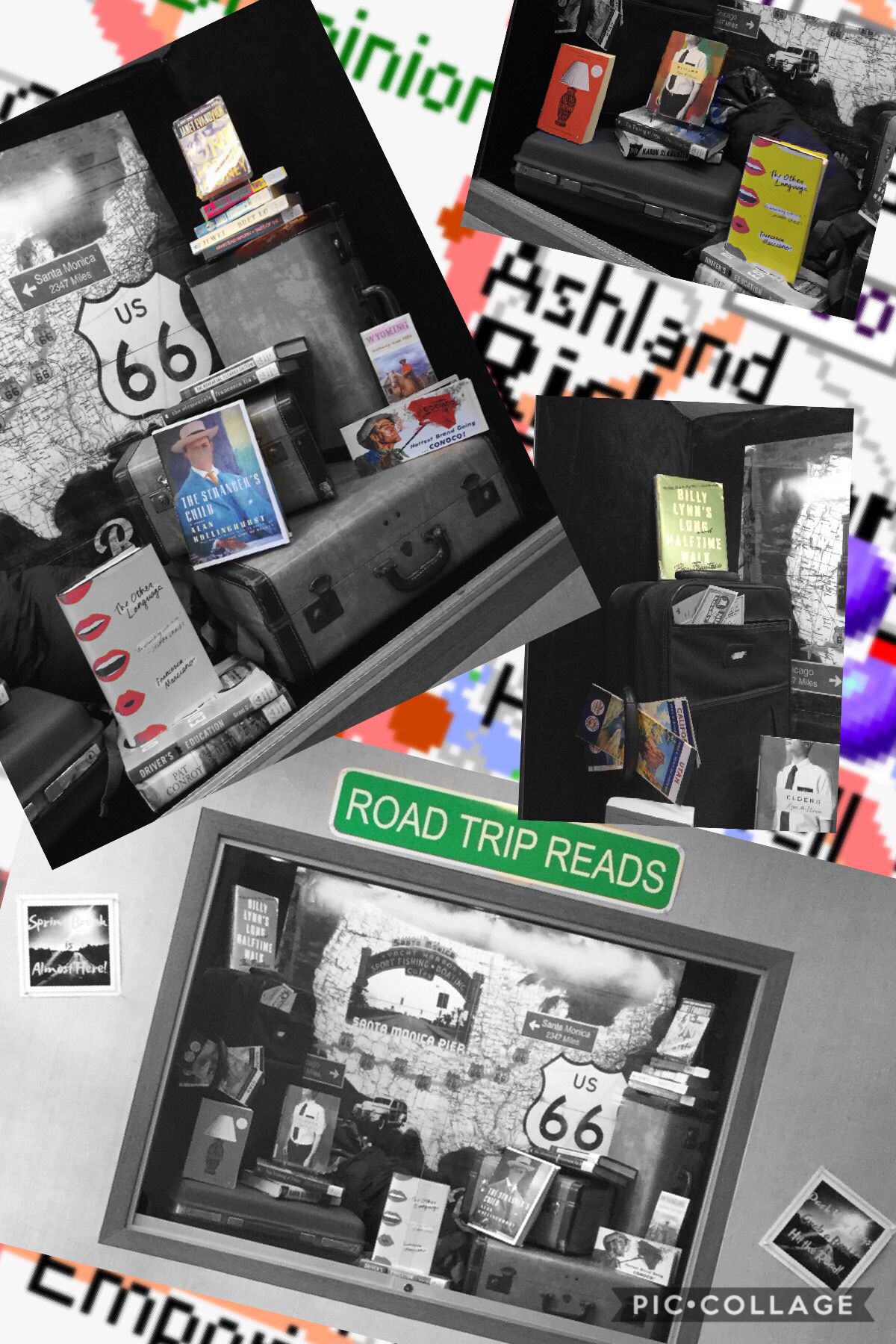
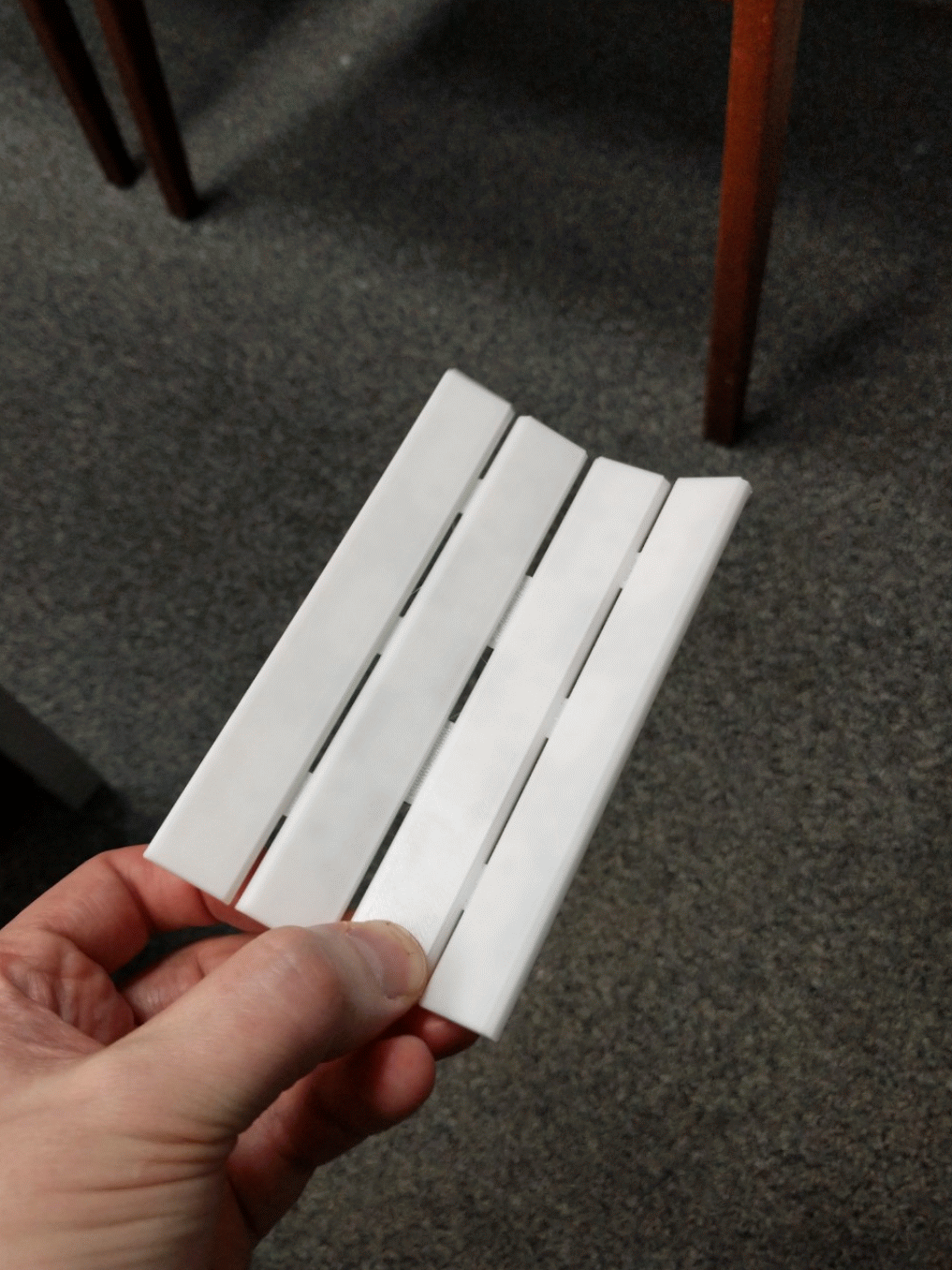
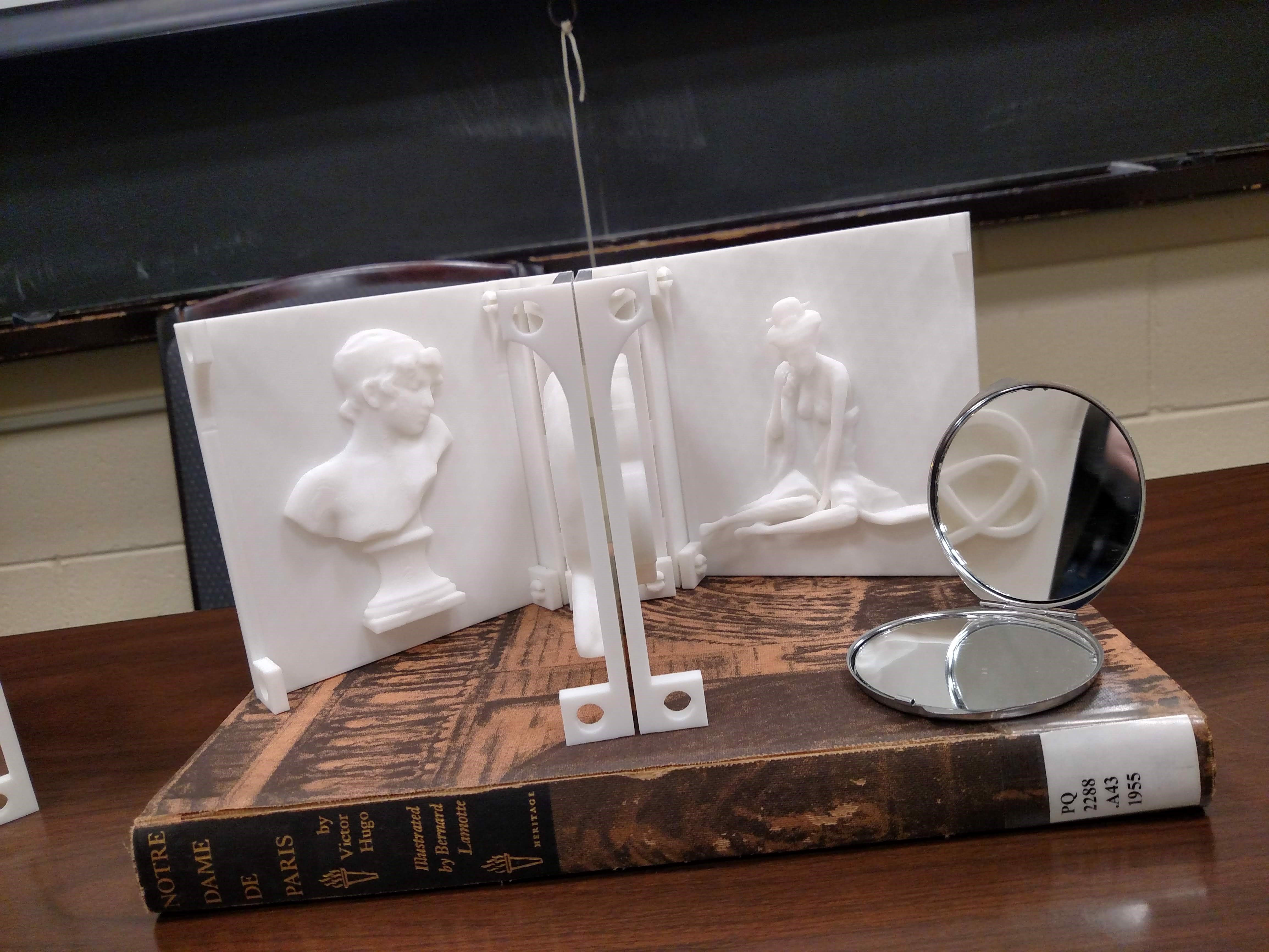
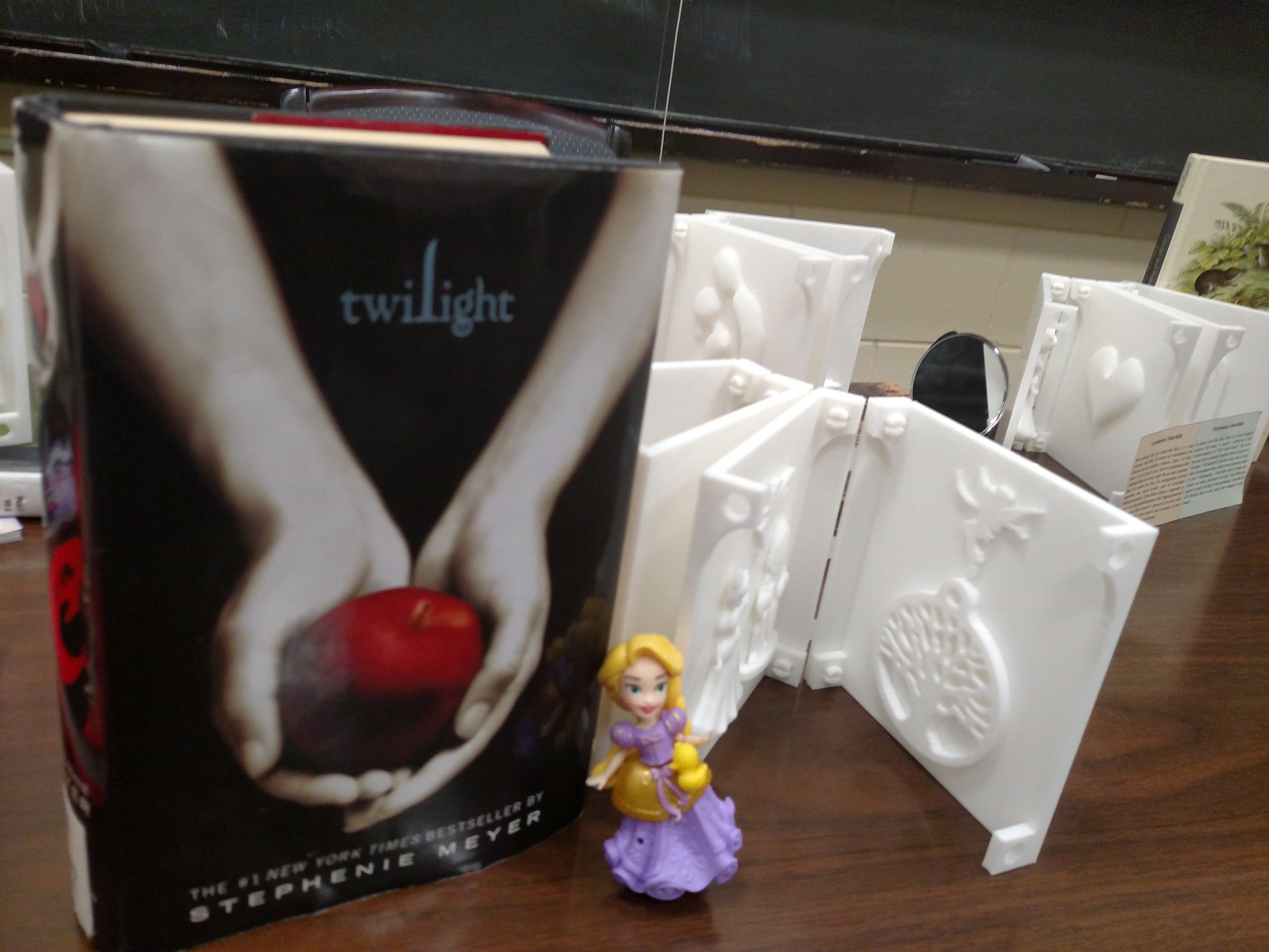
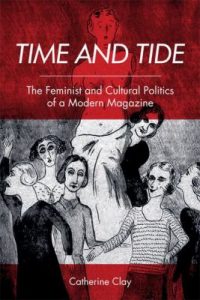 ue in establishing itself as the only female-run intellectual weekly in the golden age of the weekly review, Time and Tide both challenged persistent prejudices against women’s participation in public life and played an instrumental role in redefining women’s gender roles and identities. Drawing on extensive new archival research, Catherine Clay recovers the contributions to this magazine of both well- and lesser-known British women writers, editors, critics and journalists and explores a cultural dialogue about literature, politics and the arts that took place beyond the parameters of modernist ‘little magazines.’ The book makes a major contribution to the history of women’s writing and feminism in Britain between the wars.
ue in establishing itself as the only female-run intellectual weekly in the golden age of the weekly review, Time and Tide both challenged persistent prejudices against women’s participation in public life and played an instrumental role in redefining women’s gender roles and identities. Drawing on extensive new archival research, Catherine Clay recovers the contributions to this magazine of both well- and lesser-known British women writers, editors, critics and journalists and explores a cultural dialogue about literature, politics and the arts that took place beyond the parameters of modernist ‘little magazines.’ The book makes a major contribution to the history of women’s writing and feminism in Britain between the wars.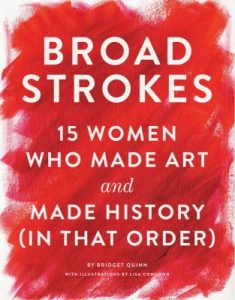 Historically, major women artists have been excluded from the mainstream art canon. Aligned with the resurgence of feminism in pop culture, Broad Strokes offers an entertaining corrective to that omission. Art historian Bridget Quinn delves into the lives and careers of 15 brilliant female artists in text that’s smart, feisty, educational, and an enjoyable read. Replete with beautiful reproductions of the artists’ works and contemporary portraits of each artist by renowned illustrator Lisa Congdon, this is art history from 1600 to the present day for the modern art lover, reader, and feminist.
Historically, major women artists have been excluded from the mainstream art canon. Aligned with the resurgence of feminism in pop culture, Broad Strokes offers an entertaining corrective to that omission. Art historian Bridget Quinn delves into the lives and careers of 15 brilliant female artists in text that’s smart, feisty, educational, and an enjoyable read. Replete with beautiful reproductions of the artists’ works and contemporary portraits of each artist by renowned illustrator Lisa Congdon, this is art history from 1600 to the present day for the modern art lover, reader, and feminist.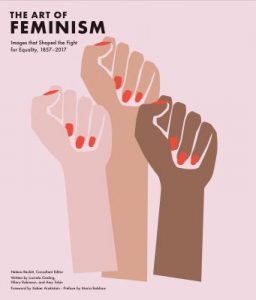 Since its inception, the women’s movement has harnessed the power of the image to transmit its message. From the posters of the Suffrage Atelier, to the photographs of Carrie Mae Weems, this comprehensive survey traces the ways in which feminists have shaped art and visual culture from the mid-nineteenth to the twenty-first centuries. Featuring more than 350 works of art, illustration, photography, performance, graphic design, and public protest, this stunning volume showcases the vibrancy and daring of the feminist aesthetic over the last 150 years.
Since its inception, the women’s movement has harnessed the power of the image to transmit its message. From the posters of the Suffrage Atelier, to the photographs of Carrie Mae Weems, this comprehensive survey traces the ways in which feminists have shaped art and visual culture from the mid-nineteenth to the twenty-first centuries. Featuring more than 350 works of art, illustration, photography, performance, graphic design, and public protest, this stunning volume showcases the vibrancy and daring of the feminist aesthetic over the last 150 years.